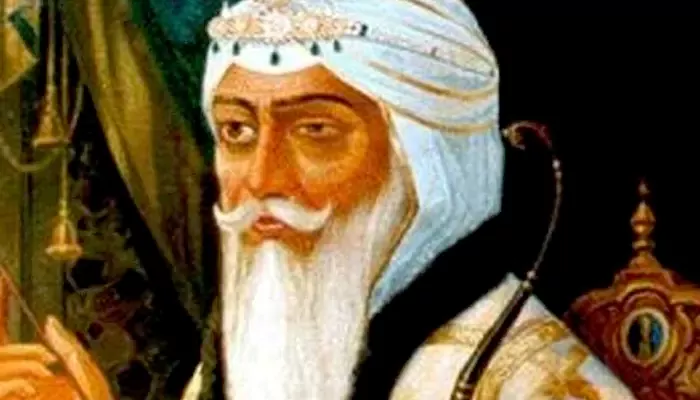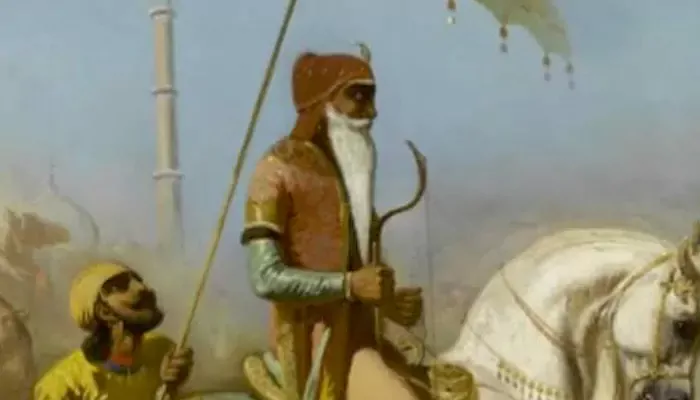
He defied the British, redefined leadership, and left behind a legacy cast in bronze!
Ever walked down London’s famous King Charles Street and spotted a unique bronze figure standing tall among all the imperial grandeur? That person was not a British war hero. He was Maharaja Duleep Singh—wait, scratch that—it’s Maharaja Ranjit Singh, the Lion of Punjab!
But the real story isn’t about statues only. It’s about an Indian royal whose leadership, diplomacy, and daring presence made the mighty British Empire sit up and take notice. His contributions weren't just confined to the palace, but renowned across global corridors of power.
Let’s turn the spotlight on Maharaja Ranjit Singh—a royal who stunned the British Empire in ways they never expected.
Born in 1780, Ranjit Singh rose to power in a chaotic timeline of Indian history. The Mughal empire was fading and British claws were digging deeper into India. It was the time when most princely states found themselves in multiple political whirlpools.
Here comes a fierce King! Meet Ranjit Singh, who founded the Sikh Empire in 1801 and built one of the most powerful, modern, and secular states India had ever seen. His kingdom stretched from Punjab to Peshawar, and for decades, the British could not even touch it.
His strength? Powerful army and flawless diplomacy. His kingdom? A mix of Hindus, Muslims, and Sikhs—all respected and protected equally. He wasn’t only a king ruling with power; he was a leader commanding with purpose.

While other rulers either signed beneficial treaties or were overpowered, Ranjit Singh stood tall—and stood alone. As per historians, he was only one Indian monarch who managed to keep the British East India Company out of his territory for his entire lifetime. His Lahore Durbar became a centre of administration, military excellence, as well as cultural brilliance. He modernised his army with European generals, provided solid infrastructure, and made Amritsar a shining jewel of the north. Beyond swords and strategy—he was also known for his deep humility. Walking barefoot in holy places and donating massive sums to temples and gurudwaras are a few examples.

Fast forward to 2019. After almost 170 years of his death, a magnificent statue of Maharaja Ranjit Singh was unveiled in London—that too outside the British Foreign Office. Poetic justice? You bet.
It wasn’t just about metals used in statue. It was about acknowledging a legacy that refused to bow, even as the sun supposedly ‘never set on the British Empire’.
Despite his astonishing achievements, Maharaja Ranjit Singh rarely makes it into mainstream school textbooks. Maybe it’s because he didn’t fight in the famous “1857 Revolt” or didn’t sign any surrender documents!
Instead, he did something more powerful: he prevented colonisation before it began. He proved that unity, modern thinking, and fearless leadership could keep even the strongest empires at bay.
Heard about the Koh-i-Noor, right? The diamond sitting pretty in the British Crown Jewels? That diamond once belonged to king Ranjit Singh! He never wore it himself—but he willed it to a temple. After his death, the British seized it during their annexation of Punjab territory.
Maharaja Ranjit Singh was a symbol of courage, unity, and quiet power. He showed the world that true strength doesn’t always come from strongest weapons—it comes from wisdom, vision, and conviction.
And now, as his statue stands tall in London, it silently reminds every passerby that India wasn’t just ruled—it ruled back, with dignity.
Some legacies aren’t just carved in stone. They’re etched in history—and remembered in pride.